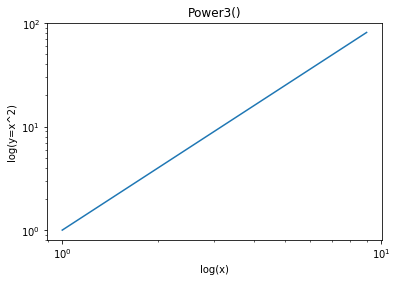
update_layout ( scene4_aspectmode = 'auto' ) fig. import matplotlib.pyplot as plt line plt.figure () plt.plot (xvalue, yvalue) plt.grid (True) plt.savefig ('test.png') plt.

#Matplotlib 3d scatter axis labels code#
update_layout ( scene3_aspectmode = 'data' ) # automatically produce something that is well proportioned using 'data' as the default fig. I have this following code in order to generate scatterplots. update_layout ( scene2_aspectmode = 'manual', scene2_aspectratio = dict ( x = 1, y = 1, z = 2 )) # draw axes in proportion to the proportion of their ranges fig. Add an '.axes.Axes ' to the figure as part of a subplot arrangement. Create a new figure or activate an existing figure. You have 2 options: Use the ax.setxlabel(), ax.setylabel() and ax.setzlabel() methods, or Use the ax.set() method and pass it the keyword arguments xlabel, ylabel and zlabel. To hide axes but keep axis-labels in 3D plot with Matplotlib, we can take the following steps Set the figure size and adjust the padding between and around the subplots.

update_layout ( scene_aspectmode = 'cube' ) # manually force the z-axis to appear twice as big as the other two fig. Setting axis labels for 3D plots is identical for 2D plots except now there is a third axis the z-axis you can label. update_layout ( width = 700, margin = dict ( r = 10, l = 10, b = 10, t = 10 )) # fix the ratio in the top left subplot to be a cube fig.

randn ( N )), opacity = 0.5, ), row = i, col = j ) fig. Import aph_objects as go from plotly.subplots import make_subplots import numpy as np N = 50 fig = make_subplots ( rows = 2, cols = 2, specs = ], print_grid = False ) for i in : for j in : fig. Text annotations in 3D Demonstrates the placement of text annotations on a 3D plot.


 0 kommentar(er)
0 kommentar(er)
